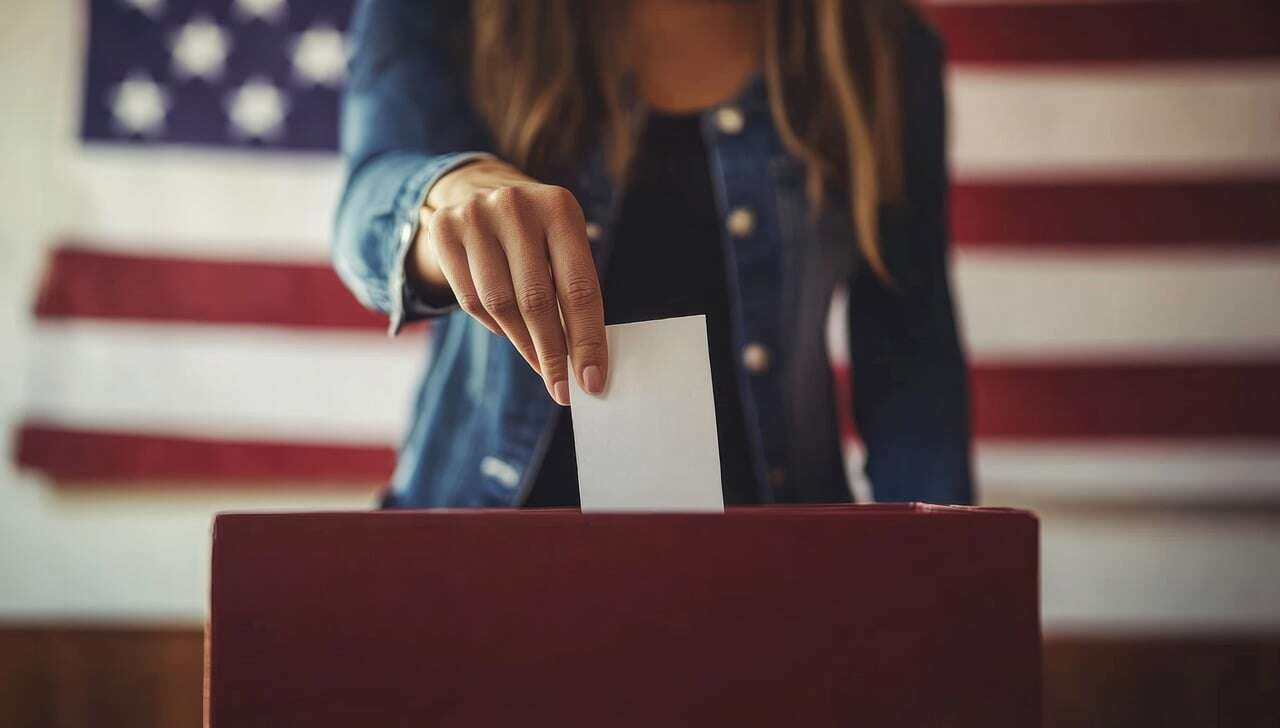How Presidential Elections Shape Market Reactions: What You Need to Know
It seems that every recent election has been dubbed “the most important” election of our lives, and this November is certainly no exception. Regardless of which side of the political spectrum you fall on, many investors are feeling skittish about how the outcome will impact markets—and ultimately, their portfolios.
What will happen to the 2017 Tax Cuts and Jobs Act set to expire in 2025? Does taxing on unrealized gains for ultra-high-net-worth Americans have any legs? These questions—and many others—share a common underlying theme: uncertainty.
Markets are forward-looking mechanisms that do not like uncertainty. So, when the talking heads on CNN and Fox News continue to drum up anxiety about the upcoming election, it’s only natural for investors to worry about its potential impact on the market and their investments.
In light of this, we will look at the historical data on how election years have impacted markets to help answer the critical question: should you be concerned from a market perspective?
Understanding Short-Term Market Reactions to Elections
As previously stated, markets do not like uncertainty, so it should come as no surprise that market volatility tends to increase in the weeks leading up to an election. Below, you’ll find a graph highlighting the implied market volatility (measured by the CBOE VIX Index) during eight presidential elections. The three months before the election cover August through October, while the election month is represented in November, and the three months following is December through February.

Source: Avantis Investors – Think Big Picture When It Comes to Elections
Historical Volatility Trends
Admittedly, the data set includes some anomaly years—such as the 2008 election, which occurred in the midst of the Great Financial Crisis when the VIX soared to 62.8, and the 2000 election during the tech bubble when it reached 26.4. However, the overall pattern remains consistent, aligning with the notion that markets dislike uncertainty.
Case Studies: Notable Elections
Volatility tends to be greater the month before and the month of the election itself, as these periods dominate news coverage, and the outcome remains uncertain. Historically, once the election is decided, markets have shown a tendency to stabilize as clarity returns.
The main takeaway from this data set is that you should expect market volatility to increase as we approach November 5th. Fortunately, as history suggests, this time of heightened anxiety shall pass once the outcome is known.
Long-Term Market Trends Following Presidential Elections
Moreover, historical data supports the idea that markets do not typically fall into distress during election years. According to Morningstar, out of the 23 elections from 1928 to 2016, 19 of those years (or 83%) experienced positive market performance as measured by the S&P 500. The average return during these election years was 11.28%.
Market Performance Across Political Parties
This reinforces the idea that, aside from short-term volatility, election years have not historically suffered long-term impacts due to the uncertainty surrounding the presidential election. Once a new president is elected, a common belief among investors is that markets will perform better under one party versus another. Many tend to assume that their preferred party will lead to more favorable outcomes—an interesting bias, wouldn’t you agree?
The Role of Government Division
However, data supports that markets have historically delivered strong, positive returns under both Democratic and Republican administrations. As illustrated below, the S&P 500 has averaged positive returns across nearly every partisan combination. In fact, the data suggests that market performance is less about who holds the presidency and more about whether the government is divided. A divided government often creates a sense of certainty, which is something that markets appreciate.

Source: Fidelity – Investing during an uncertain election year
The main takeaway from this point is that historical market performance does not discriminate based on political affiliation. Markets have thrived under both parties, indicating that the outcome of the upcoming election is unlikely to have a significant impact on future market performance.
Closing Thoughts
It is important not to get caught up in the short-term mindset when it comes to presidential elections. As the data has shown, while there may be short-term volatility due to the uncertainty leading up to the election, it generally does not have a lasting negative impact on financial markets.
While it will be impossible to avoid the heightened anxiety in the coming months, we believe in taking a long-term approach to investing and advise against knee-jerk reactions. While the election is certainly important, we believe factors such as inflation, unemployment, and GDP growth are more likely to drive lasting uncertainty and volatility in the markets.
Predicting these factors is challenging—if only we had a crystal ball! Therefore, it’s imperative to remain disciplined and diversified throughout any market cycle.
At Lake Street Advisors, we understand that navigating these uncertainties can be difficult. Our team is dedicated to providing tailored investment strategies that help you stay focused on your long-term goals. If you have questions or would like to discuss how we can support your investment strategy, please don’t hesitate to reach out.
If you enjoyed this article, please subscribe to get our insights delivered straight to your inbox.


